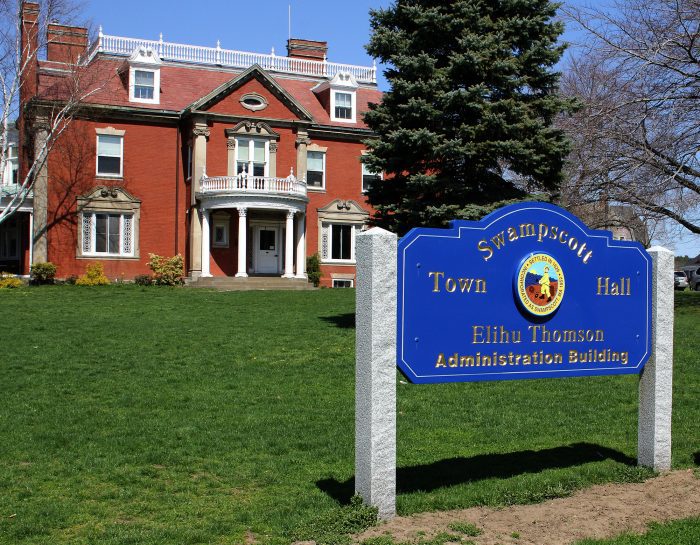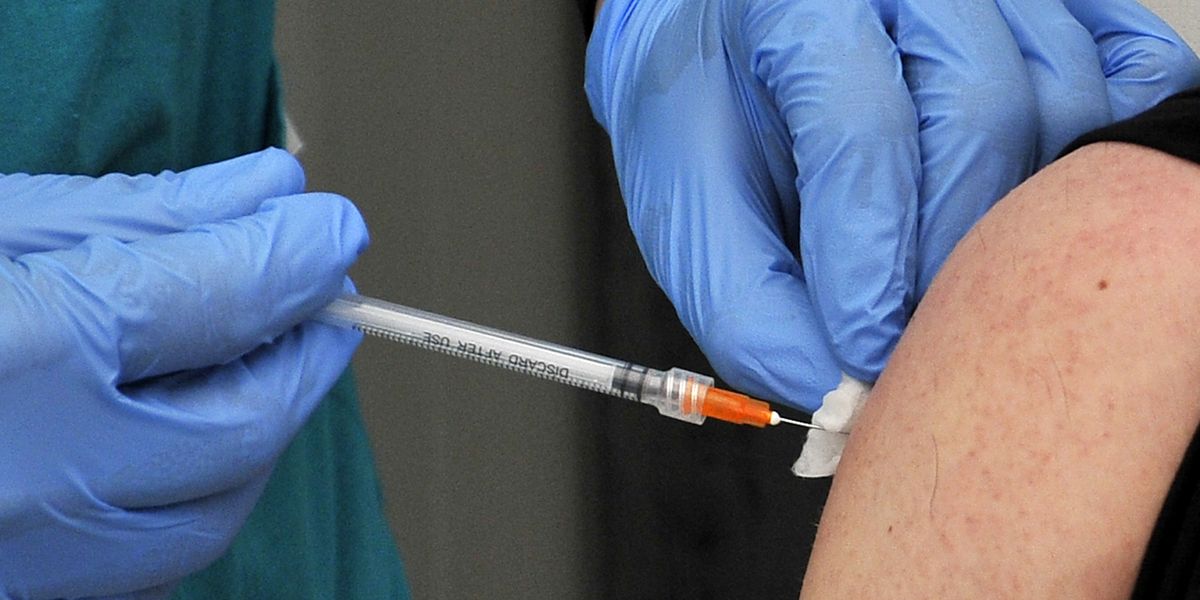

The Swampscott Contributory Retirement Board held a public information session Monday night to educate residents on its budget development process.
“The retirement contribution budget line item is the second biggest in the town budget,” Board Chair Tom Driscoll said. “And oftentimes at Town Meeting, we don;t really have any discussion about it. I think a lot of Town Meeting members and people around town wonder where that number comes from.”
Driscoll said that the Board is an entirely separate entity from the town’s government, and that it acts to provide retirement, survivor, and disability benefits to its 707 total members.
“We receive administrative updates on just about everything,” Driscoll said, explaining the operations of his board. “People have to report to us whether they’re alive, which sounds pretty interesting. But we have to know that people haven’t expired out there.”
The retirement system contribution is funded in three ways: employee contributions through payroll deductions, employer contributions through annual appropriations, and investment income.
“The goal is to have enough assets to pay all future liabilities and all future pensions,” Board member Robert Powell said. “At the moment, the commitment of the town is to maintain its share of the pension obligation instead of advocating tax dollars to other services.”
He added that even after the unfunded liability is fully funded, which is projected to happen in 2031 according to the Board’s actuarial partner Public Employees Retirement Administration Commission, there will still be a cost to Swampscott for its employer contribution. PERAC provides oversight and guidance to the state’s 104 public retirement systems.
The current remaining unfunded liability as of the beginning of Fiscal Year 2024 sits at $36,767,045. In order for the 2031 goal to become a reality, the contribution must increase by 5% each year.
Town Director of Finance and Administration Amy Sarro presented an example of potential benefits for a new retiree in Swampscott, in that they would obtain an average of $52,000 per year in compensation between 2023 and 2027.
“I’ve already told my wife that on my gravestone hopefully it will say ‘fully funded,’” Driscoll joked. “We made it.”
24World Media does not take any responsibility of the information you see on this page. The content this page contains is from independent third-party content provider. If you have any concerns regarding the content, please free to write us here: contact@24worldmedia.com

Do you believe the Covid vaccine had negative side effects? VOTE HERE

Latest Google layoffs hit the Flutter and Python groups

‘Women’s rights have been attacked constantly!’

Here’s your chance to own a decommissioned US government supercomputer

AWS S3 storage bucket with unlucky name nearly cost developer $1,300

FTC fines Razer for every cent made selling bogus “N95 grade” RGB masks

Apple confirms bug that is keeping some iPhone alarms from sounding

Roundtables: Inside the Next Era of AI and Hardware

Supplements: Ginkgo biloba boosts memory